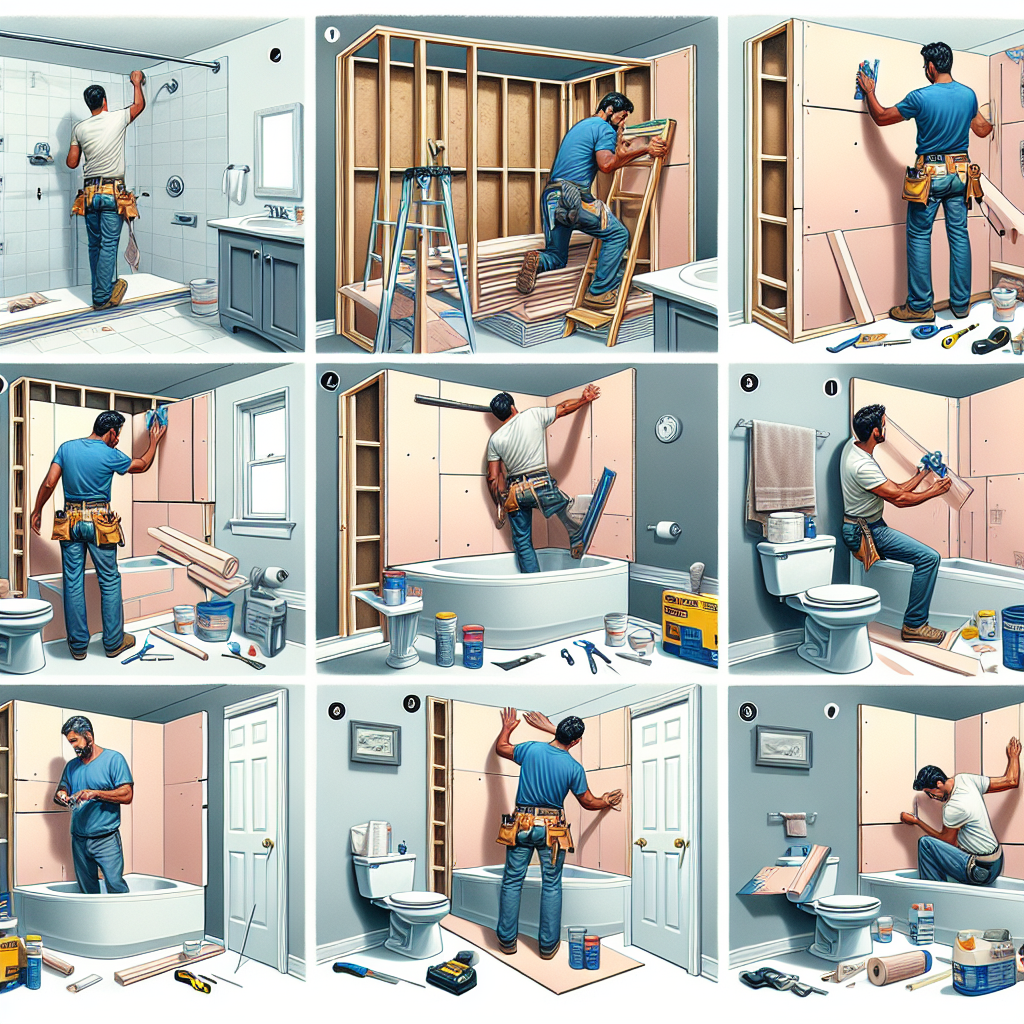Energy-Efficient Window Replacement for a Greener Home
Are you looking to make your home more energy-efficient? One of the best ways to achieve this is by replacing your old windows with energy-efficient ones. Not only will this help you reduce your carbon footprint, but it will also save you money on your energy bills in the long run. In this article, we will guide you through the step-by-step process of replacing your windows with energy-efficient alternatives. So, let’s get started!
Step 1: Assess Your Current Windows
The first step in the window replacement process is to assess your current windows. Take a close look at each window in your home and determine their condition. Are they single-pane or double-pane? Do you feel drafts coming through? Are there any signs of moisture or condensation? This assessment will help you understand the extent of the replacement needed.
Step 2: Measure Your Windows
Once you have assessed your windows, it’s time to measure them. Accurate measurements are crucial to ensure a proper fit for your new energy-efficient windows. Measure the width, height, and depth of each window opening. Take multiple measurements to ensure accuracy, and record them carefully.
Step 3: Research Energy-Efficient Window Options
Now that you have the measurements, it’s time to research energy-efficient window options. Look for windows that are ENERGY STAR certified, as they meet strict energy efficiency guidelines set by the Environmental Protection Agency (EPA). Consider factors such as the window frame material, glazing options, and insulation features. Choose windows that suit your climate and budget.
Step 4: Gather the Necessary Materials
Before you start the installation process, gather all the necessary materials. Here’s a list of items you will need:
- Energy-efficient windows
- Window frame material (if needed)
- Insulation materials
- Caulk
- Screws or nails
- Window flashing
- Window trim
- Window installation tools (screwdriver, hammer, etc.)
Make sure you have everything on hand before you begin the installation.
Step 5: Remove the Old Windows
Now it’s time to remove the old windows. Start by removing the window trim using a pry bar or a putty knife. Carefully detach the trim from the window frame and set it aside. Next, remove any screws or nails holding the window in place. Gently push the window out of the frame and set it aside. Be cautious not to damage the surrounding area during this process.
Step 6: Prepare the Window Opening
With the old window removed, it’s time to prepare the window opening for the new one. Clean the opening thoroughly, removing any debris or old caulking. Inspect the window frame for any signs of damage or rot. If necessary, repair or replace the frame before proceeding.
Step 7: Install the New Window
Now comes the exciting part – installing the new energy-efficient window. Follow these steps:
- Apply a bead of caulk along the inside edge of the window opening.
- Place the new window into the opening, ensuring it is level and centered.
- Secure the window in place using screws or nails.
- Apply window flashing around the edges of the window to prevent water infiltration.
- Insulate the gaps between the window frame and the opening using insulation materials.
- Replace the window trim, securing it with nails or screws.
Take your time during this step to ensure a proper and secure installation.
Step 8: Test for Air Leaks
Once the new window is installed, it’s important to test for air leaks. Close the window and run your hand along the edges, feeling for any drafts. If you detect any air leaks, apply additional caulk or insulation to seal them. Properly sealing your windows is crucial for energy efficiency.
Step 9: Enjoy Your Energy-Efficient Home
Congratulations! You have successfully replaced your old windows with energy-efficient alternatives. Now, sit back and enjoy the benefits of a greener home. Not only will you reduce your energy consumption and lower your bills, but you will also contribute to a more sustainable future.
Conclusion
Replacing your windows with energy-efficient alternatives is a worthwhile investment for both your wallet and the environment. By following the step-by-step instructions outlined in this article, you can confidently tackle this DIY project and enjoy the rewards for years to come. Remember to choose ENERGY STAR certified windows, gather all the necessary materials, and take your time during the installation process. With a little effort, you can create a greener and more energy-efficient home.






